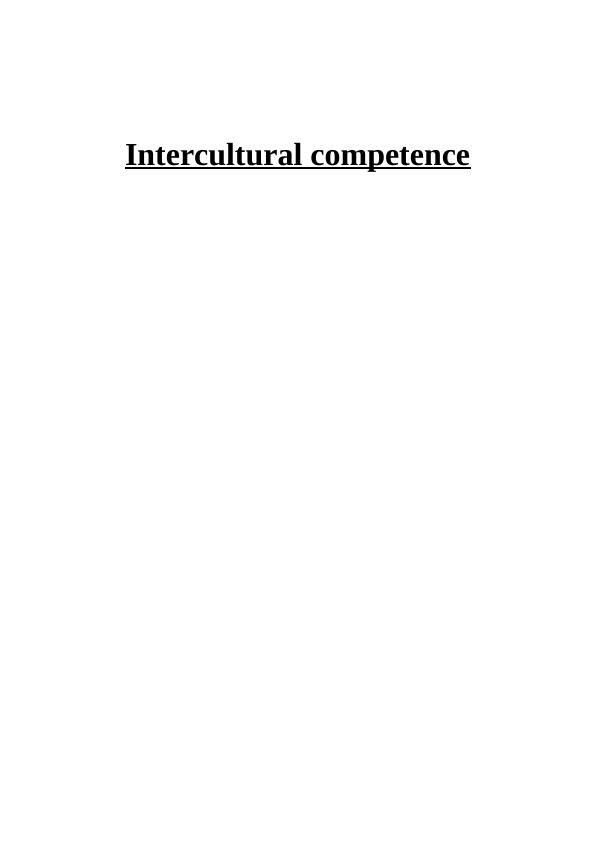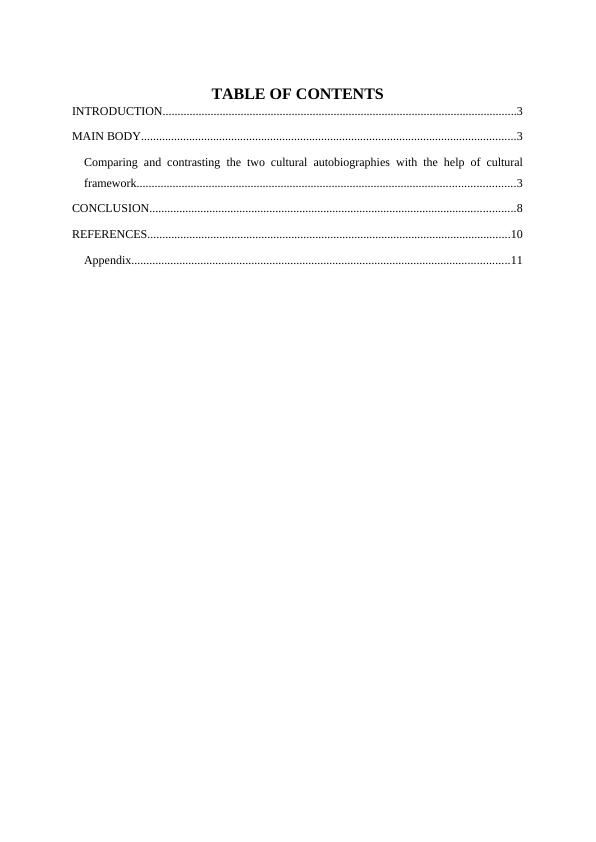Intercultural Competence: A Comparative Analysis of Bangladeshi and Romanian Cultures
13 Pages2699 Words66 Views
Added on 2023-01-07
About This Document
This assignment explores the concept of intercultural competence and its importance in today's globalized world. It focuses on comparing and contrasting the cultural autobiographies of Bangladeshi and Romanian cultures using cultural frameworks like the onion model and Kluckholn & Strodtbech's dimensions. The analysis reveals similarities and differences in rituals, heroes, symbols, values, and more. The assignment provides valuable insights into understanding and interacting with individuals from different cultural backgrounds.
Intercultural Competence: A Comparative Analysis of Bangladeshi and Romanian Cultures
Added on 2023-01-07
ShareRelated Documents
End of preview
Want to access all the pages? Upload your documents or become a member.
Cross-Cultural Differences and Similarities
|9
|1934
|255
BUS020X652S Cross-Cultural Management
|18
|4608
|39
International Intercultural Management
|18
|4781
|30
Intercultural Competence in Business
|8
|2056
|52
Cross-Cultural Analysis in the 21st Century
|7
|2033
|96
Intercultural Competence in Business (Distinction Criteria)
|11
|2875
|125




